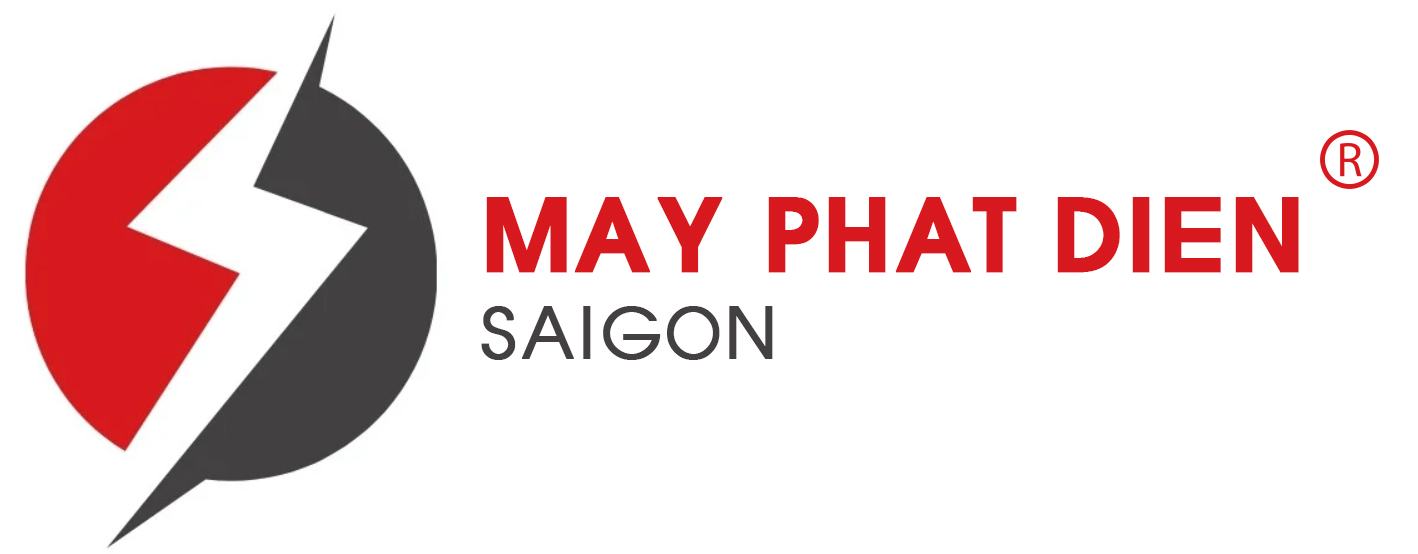Content
- Unit 4: Completion of the Accounting Cycle
- Reporting Principles and Requirements
- PUBLIC RECORDS
- Lynn and Norvelle, “Introduction to Fund Accounting”, Second Edition (Book Review)
- Nonprofit organizations
- Conversion and Reconciliation between Government-Wide and Fund Financial Statements
- Open Capital Assets sub menu

These accounts are temporary because they keep their balances during the current accounting period and are set back to zero when the period ends. Revenue and expense accounts are closed to Income Summary, and Income Summary and Dividends are closed to the permanent account, Retained Earnings. This is no different from what will happen to a company at the end of an accounting period. A company will see its revenue and expense accounts set back to zero, but its assets and liabilities will maintain a balance. Stockholders’ equity accounts will also maintain their balances.

This process helps owners stay on track with business goals and prepare for filing their income tax returns. Adjusting entries record items that aren’t noted in daily transactions. These items include accumulation (known as “accrual” in accounting) of real estate taxes or depreciation accrual, which need to be recorded to close the books. In a partnership, separate entries are made to close each partner’s drawing account to his or her own capital account.
Unit 4: Completion of the Accounting Cycle
Fund balance (Equity) is essentially the difference between assets and liabilities. In general, it is the balance remaining after the assets have been used to satisfy the outstanding liabilities. Very little activity occurs directly within the fund balance (equity) accounts and is comprised of the prior existing fund balance (equity) and the period’s net income. For further information on the fund balance (equity), refer to the balance sheet standard in the financial statements tile.
You should recall from your previous material that retained earnings are the earnings retained by the company over time—not cash flow but earnings. Now that we have closed the temporary accounts, let’s review governmental accounting what the post-closing ledger (T-accounts) looks like for Printing Plus. The purpose of the closing process for each period is to avoid incorrectly recording income or expenses in previous periods.
Reporting Principles and Requirements
They are housed on the balance sheet, a section of the financial statements that gives investors an indication of a company’s value, including its assets and liabilities. The expense accounts have debit balances so to get rid of their balances we will do the opposite or credit the accounts. Just like in step 1, we will use Income Summary as the offset account but this time we will debit income summary. The total debit to income summary should match total expenses from the income statement. Examples of temporary accounts are the revenue, expense, and dividends paid accounts.
- On the balance sheet, $75 of cash held today is still valued at $75 next year, even if it is not spent.
- The same is true of your cash receipts journal, though this journal tracks the inflow, not the outflow, of funds.
- However, the cash balances, as well as the other balance sheet accounts, are carried over from the end of a current period to the beginning of the next period.
- It’s easier to make adjustments to journal entries when you use accounting software with connections to expert bookkeepers and tax prep services.
- Printing Plus has a $4,665 credit balance in its Income Summary account before closing, so it will debit Income Summary and credit Retained Earnings.
- They are also transparent with their internal trial balances in several key government offices.
- However, if the company also wanted to keep year-to-date information from month to month, a separate set of records could be kept as the company progresses through the remaining months in the year.
Notice how only the balance in retained earnings has changed and it now matches what was reported as ending retained earnings in the statement of retained earnings and the balance sheet. The Track Budgetary Debit/Credit Accounts as Balance Sheet Accounts feature provides the ability to not reset to zero at the start of the fiscal year. This feature is available for ledgers that do not have average daily balances tracking enabled. Run the Track Budgetary Debit/Credit Accounts as Balance Sheet Accounts program in the General Ledger responsibility before you open the first period of the target fiscal year. Only account balances in and after the target fiscal year are affected. Balances before the target fiscal year are still treated in the same way as before, that is, they are reset to zero at the start of the fiscal year.

